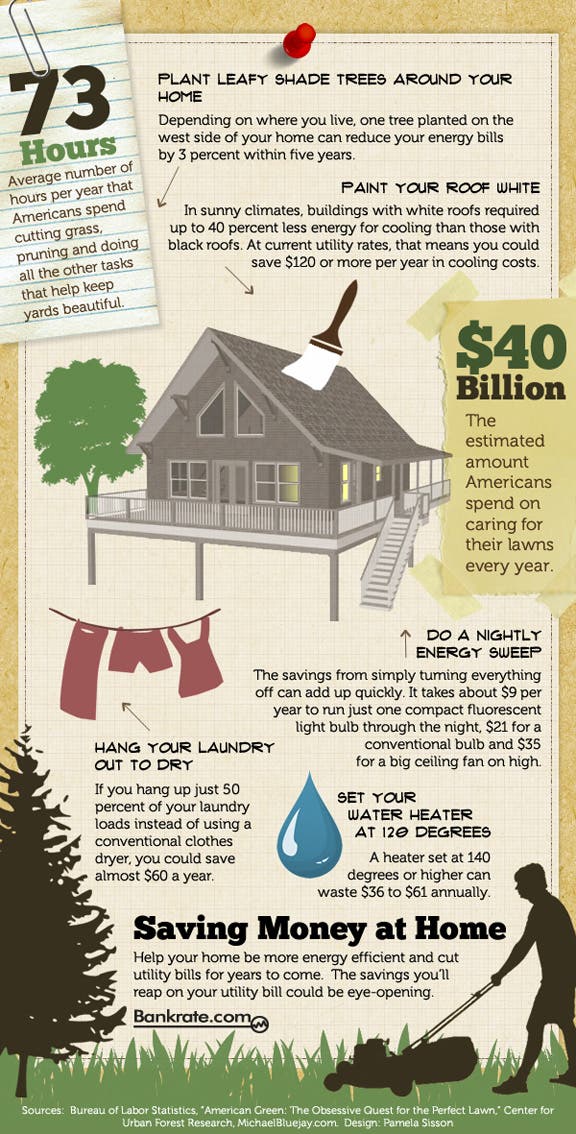Expect Vital Indicators That Indicate Your Tree May Be A Threat; Acknowledging These Can Aid Protect Your Home And Those You Care About.What Should You Keep An Eye On Next?
Expect Vital Indicators That Indicate Your Tree May Be A Threat; Acknowledging These Can Aid Protect Your Home And Those You Care About.What Should You Keep An Eye On Next?
Blog Article
Material Writer-Truelsen Emerson
When it involves tree care, acknowledging the indicators that it's time for elimination is vital for your safety and security and property. You could see stained fallen leaves, wilting branches, or odd fungal developments showing health problems. Structural problems, like a substantial lean or cracks in the trunk, can also position risks. Comprehending these indication can assist you make notified choices regarding your trees and avoid possible risks lurking in your lawn. What should you search for next?
Indicators of Degeneration and Illness
When you notice indicators of degeneration and disease in your trees, it's critical to act quickly. How To Trim Small Tree Branches for stained fallen leaves, wilting branches, or unusual developments like fungus. These can indicate that your tree is having a hard time.
If you see splits in the bark or soft, mushy wood, these signs and symptoms recommend inner degeneration. Additionally, a sudden increase in pests around your tree can indicate that it's damaged and prone.
Check for any dead or passing away arm or legs, as they present a threat to your residential property and security. If you doubt about what you see, speaking with an arborist can provide clarity.
Attending to these indicators early can save you from much more extensive damages and make sure the health and wellness of your backyard. Do not wait until it's too late.
Structural Instability and Leaning
As you observe your trees, watch out for any type of signs of structural instability or leaning. If a tree leans substantially, it may suggest that the origin system is jeopardized.
Try to find any cracks in the trunk or dirt around the base; these can signify potential failure. In addition, check for uncommon growth patterns, like an unbalanced crown, which may suggest that the tree is having a hard time to hold itself upright.
If you notice that the tree leans toward your home, high-voltage line, or various other frameworks, it presents a higher danger. Don't disregard these indicators-- get in touch with an arborist to analyze the scenario.
Acting early can stop expensive damage and guarantee your security.
Dead or Dying Branches and Foliage
If you observe dead or passing away branches and foliage on your tree, it's a clear sign that something's wrong.
These unhealthy areas can suggest underlying concerns like condition, insect infestations, or ecological anxiety. When branches lose their leaves or turn brown, they're no longer contributing to the tree's health and wellness. Overlooking these indicators might bring about further decline, making your tree more hazardous.
Dead branches can conveniently break short throughout storms, posturing a threat to building and people close by. It's essential to analyze the extent of the damage.
If the problem impacts a substantial part of the tree, consider seeking advice from a professional. visit web site can aid figure out if elimination is needed to make certain safety and security and keep the beauty of your landscape.
Conclusion
If you discover any indications of degeneration, structural instability, or dead branches on your trees, don't overlook them. These indications can present significant security risks to you and your property. It's always best to get in touch with a specialist arborist that can offer a specialist analysis of your trees. Taking action early can avoid mishaps and costly damage, guaranteeing your landscape remains secure and healthy and balanced. Bear in mind, it's much better to be positive about tree care than to await a catastrophe to happen.
